Need some help getting your camping water purifier to work? looking to learn about the different types of water purifiers and filters? Or learn the difference between a purifier and a filter? below is a guide providing everything you need to know.
How to use a water purifier?
More or less all camping water filters work the same way, dirty water is forced through a filtering unit which comes out the other side as clean water. So getting your purifier working shouldn’t be too hard, as long as you can figure out the type of filter you are using, and make sure you have the pieces you need.
LifeStraw type / Bottle type
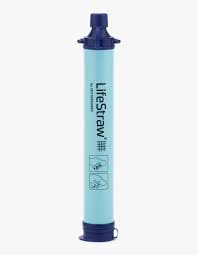
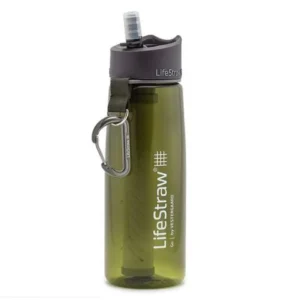
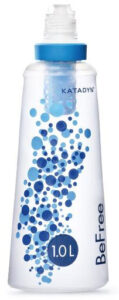
The first type of filter is the straw method. Which involves putting the non-drinking side into a body or bottle of water and sipping the water through by drinking like a straw. For these there is no need for any extra bits and pieces, simple and easy, just put the bottom end in dirty water and drink.
Squeeze type
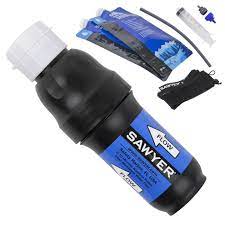

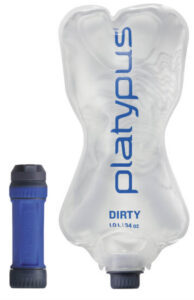
the second type of filter is the squeeze filter, which comes with a plastic sack to store water, a filtering unit, and usually a hose to put on the end. First fill the water sack (or compatible bottle Ex: Smart water bottle) connect it to the filtering unit and squeeze water through into a bottle, pot, or directly into your mouth (if you are really thirsty)
Pump type
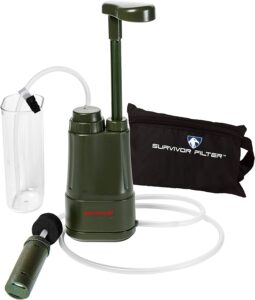
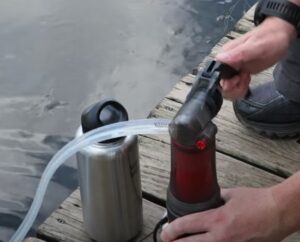
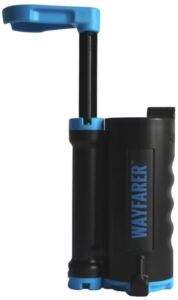
the third type of filter is the pump method, which involves connecting the in tube, and the out tube (or water receptacle) then putting the receiving tube into the dirty water and pumping it through using the attached pump into a secondary container. In general, this method requires a few pumps to get the water through and primed.
Gravity type
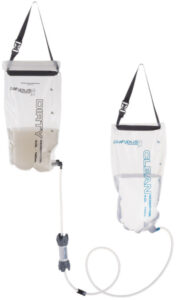
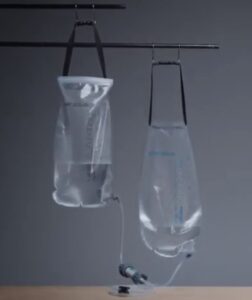
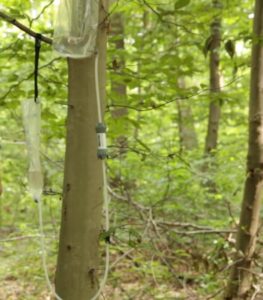
the fourth type of filter is the gravity filter, which uses a plastic sack to store dirty water up high, and lets gravity push the water through the filtering unit and into a receiving container. For this method fill the dirty water reservoir, connect the hoses, filter and clean the water sack, hang it up, and let gravity filter the through water into your container.
In general, it is a good idea to backwash your purifier occasionally, meaning reverse the flow through the filter. To expel any build-up of dirt or bacteria. This can be done by reversing the process of the water filtration, by whatever means your equipment will allow. This will keep your filter from getting damaged and will increase the lifespan of any filter.
Water purifier types and their pros and cons
LifeStraw type

| Pros | Cons |
| Affordable | Does not attach to water storage container |
| Lightweight | Can be difficult to drink directly from stream |
| Impossible to lose pieces | Breakable |
Purifier bottles

| Pros | Cons |
| Great for personal use | Filters as you drink, clean water cannot be stored most often |
| Some can be very compact | Most can be on bulky end |
| Easy to use | Not ideal for water collection |
Squeeze type

| Pros | Cons |
| Long lasting | Comes with many losable pieces |
| Versatile and lightweight | Often needs aftermarket equipment for best result |
| Fast flow rate |
Pump type

| Pros | Cons | |
| Fast flow rate | Bulky, Takes up more space | |
| Comes in premium options | More expensive |
Gravity type

| Pros | Cons |
| Best option for large groups | Bulky, takes up more space |
| Fast flow rate | Needs large body of water to fill |
| Ideal for water collection | Short lifetime in filters |
Conclusion
There are many types of water purifiers all great for different reasons and applications. It really comes down to what your requirements are from your water purifier. From solo to group camping, cheap to expensive there are many great options to choose from. If you are looking for the top purifier for you and are still undecided (click here)
What’s the difference between a water filter and a water purifier

A water filter removes contaminants, bacteria, and impurities from the water. While A water purifier takes it a step further and also removes all chemicals, viruses, protozoa, and biological contaminants from the water, making it a safer solution for outdoor camping applications.
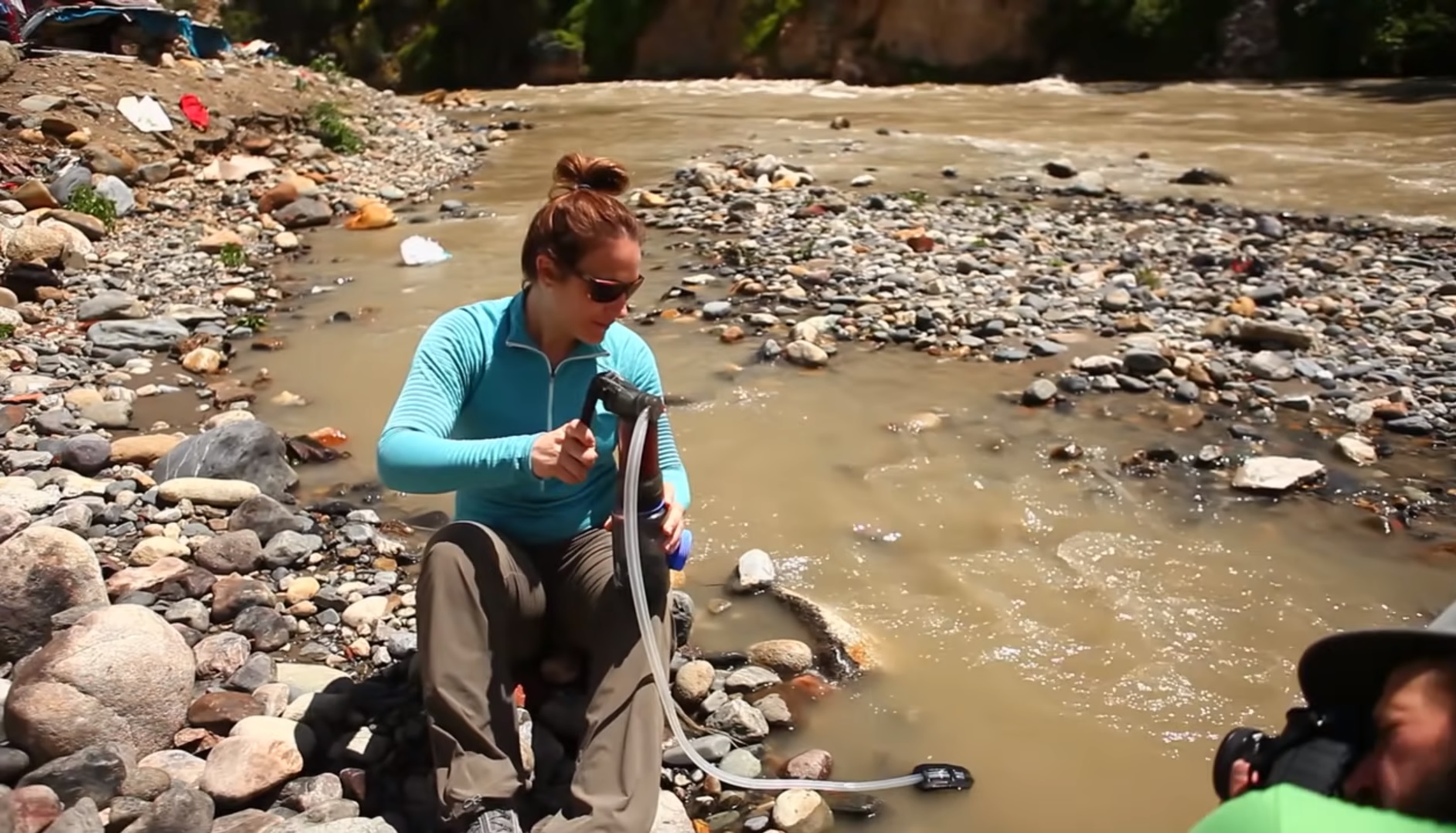
Water Filters are typically used for home scenarios where you can get relatively clean tap water. Whereas water purifiers are the next step up in filtration typically used in emergency response, outdoor camping, and survival scenarios. Filters and purifiers come with many different types of filtration systems, the three most common being reverse osmosis, distillation, or ultraviolet (UV) There are more types of filters and methods for purifying water, boiling being among the most common.
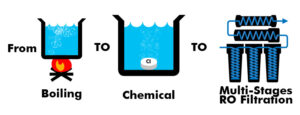
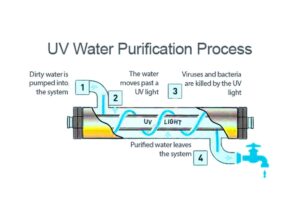
While there are many different types of water purifiers and water filters, this article is focused on the outdoor and camping variety types of filters. For optimal purification of tainted water sources, and the most portable and safe solution available. For people who love to get outside and explore, without needing to pack heaps of drinking water.
Whatever your filtration needs are, you can be sure there’s a product that’s right for you. We have spent a considerable amount of time putting together the most comprehensive list of the best camping purifiers from top manufacturers. For a link to the top 10 water purifiers for camping and outdoor adventures click below.
For a successful and safe camping trip, these articles will guide you on water and filtration:
